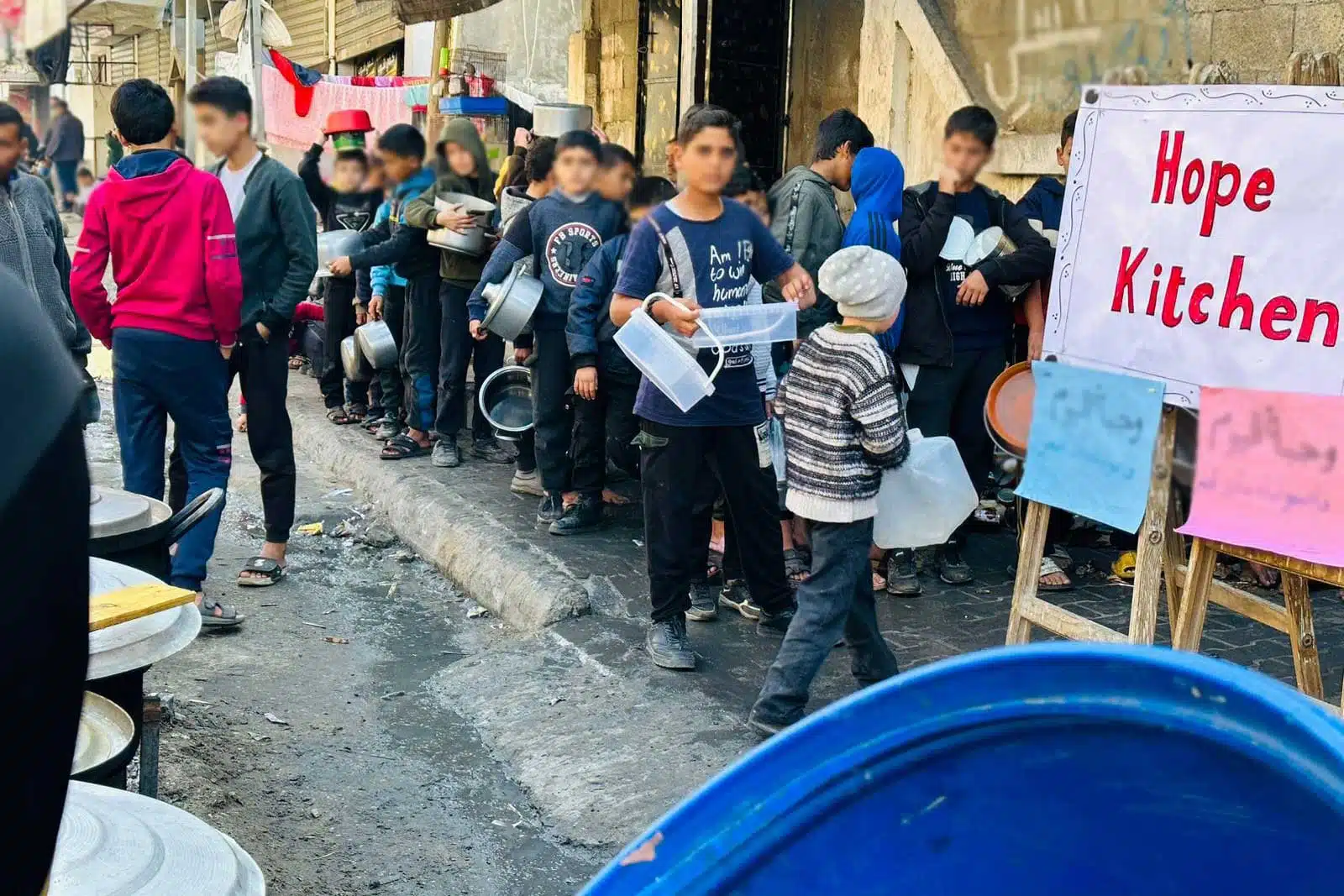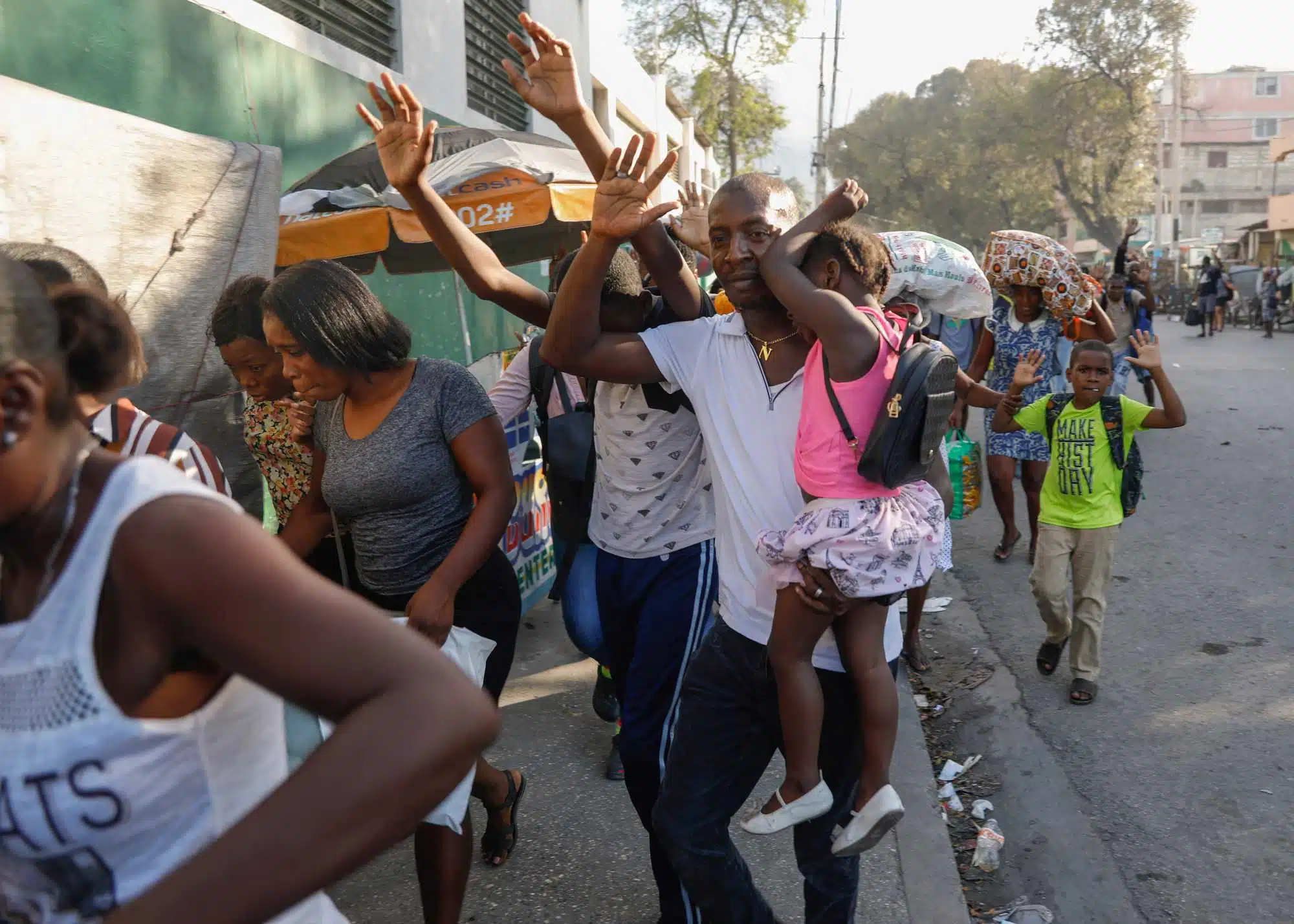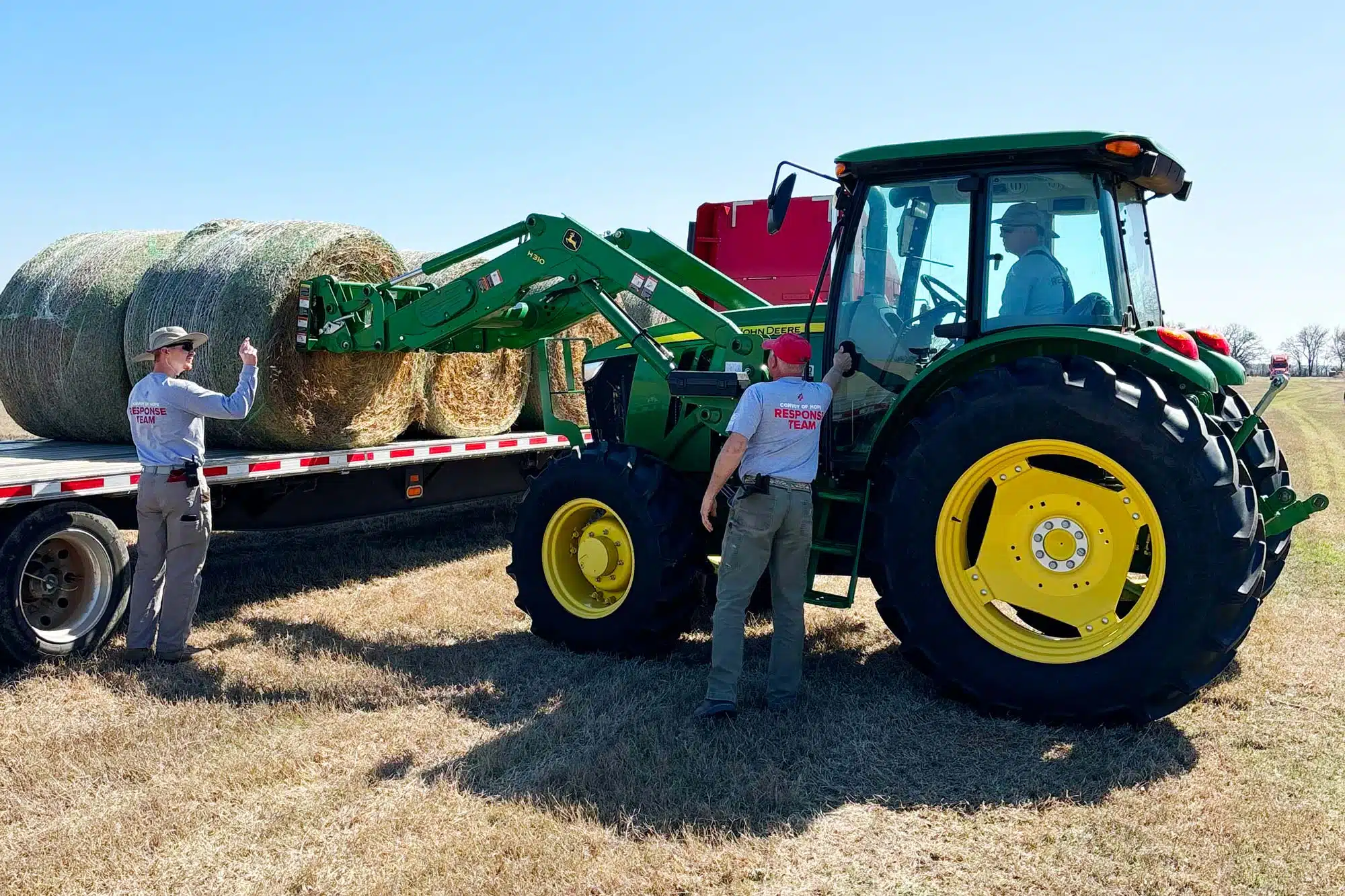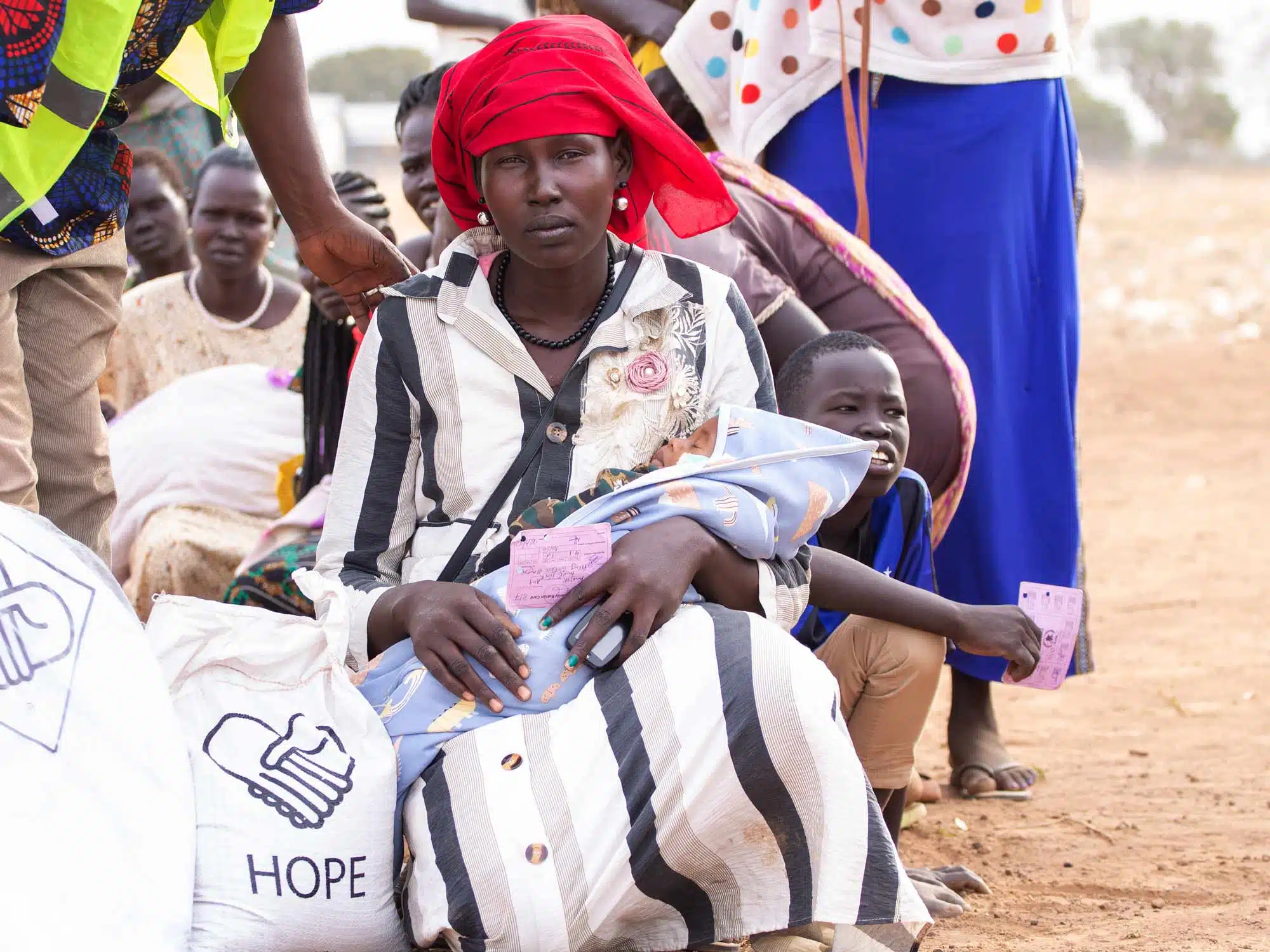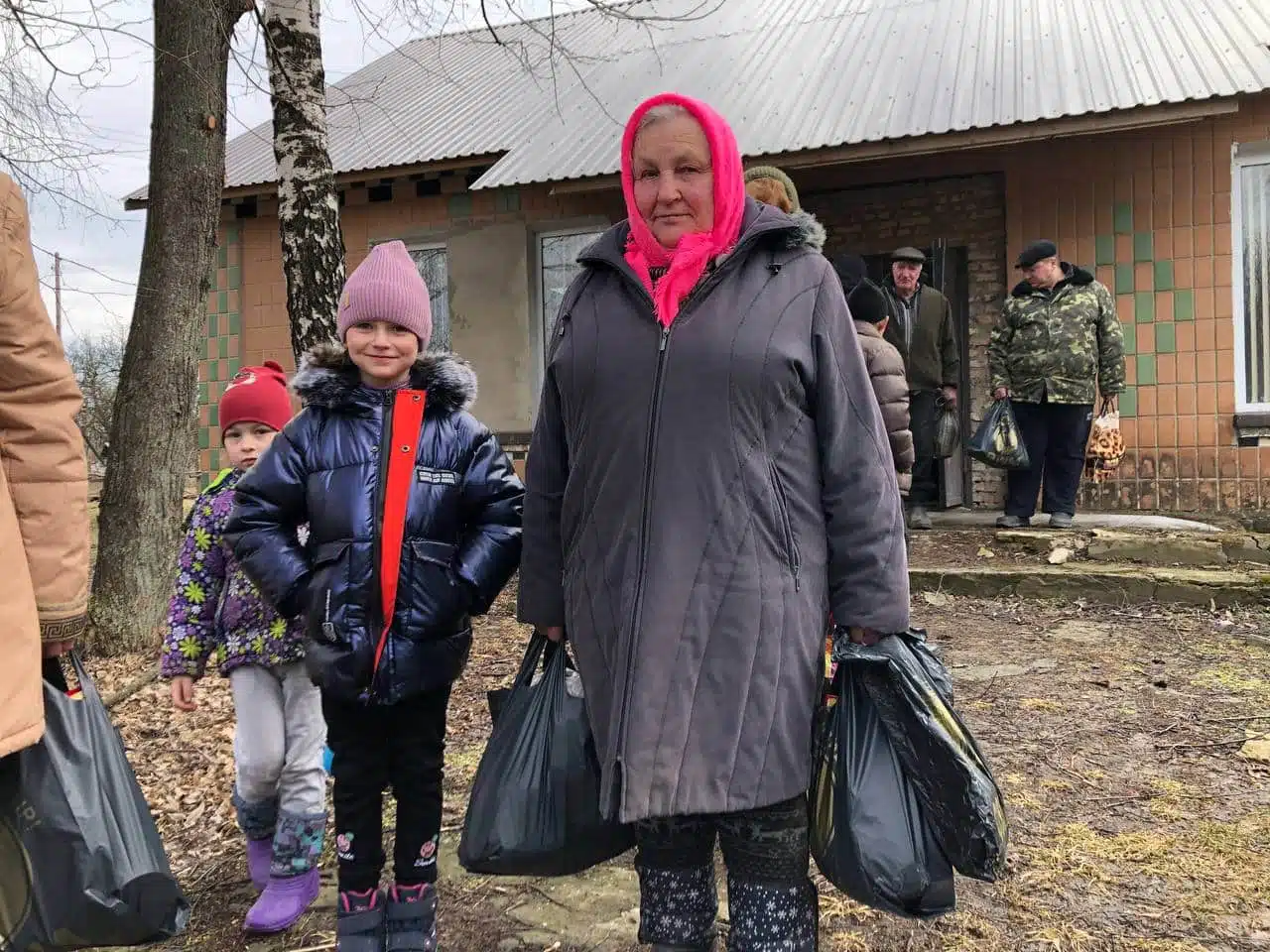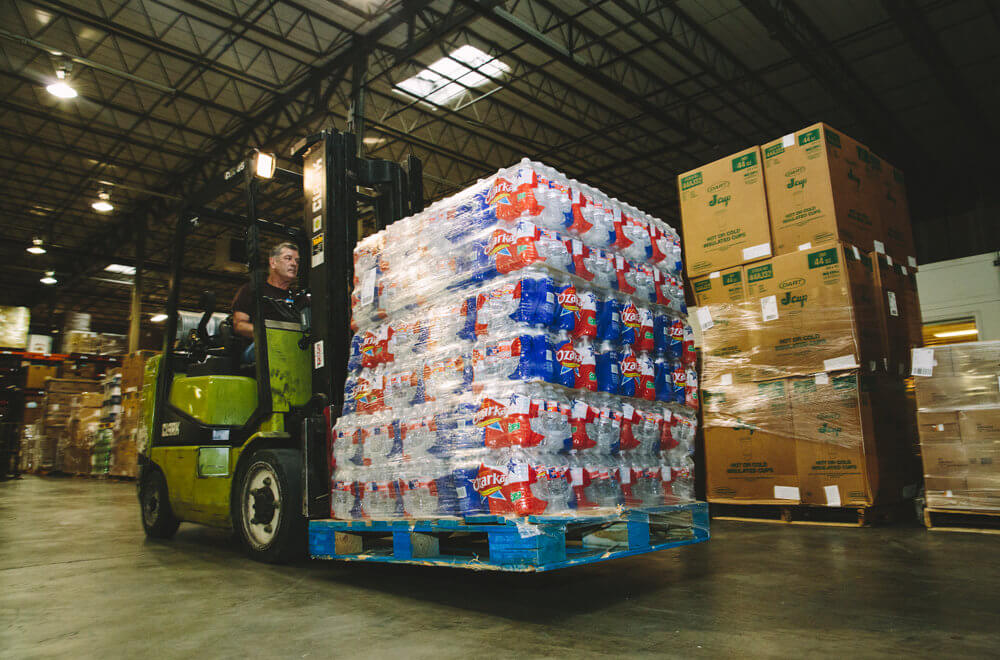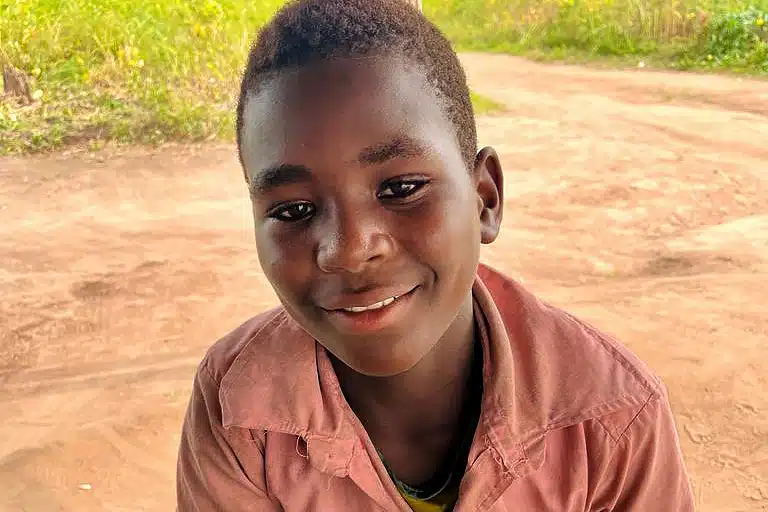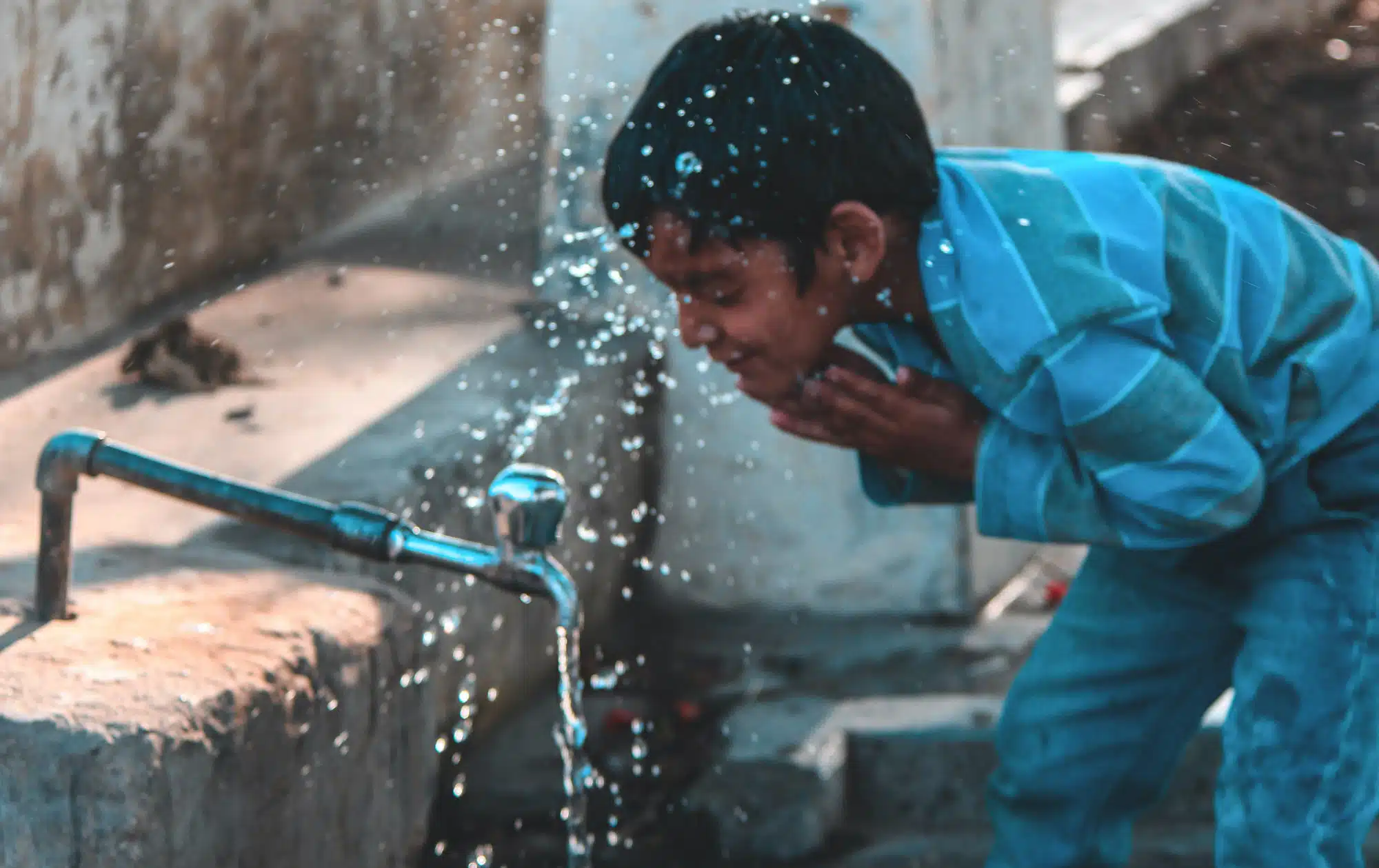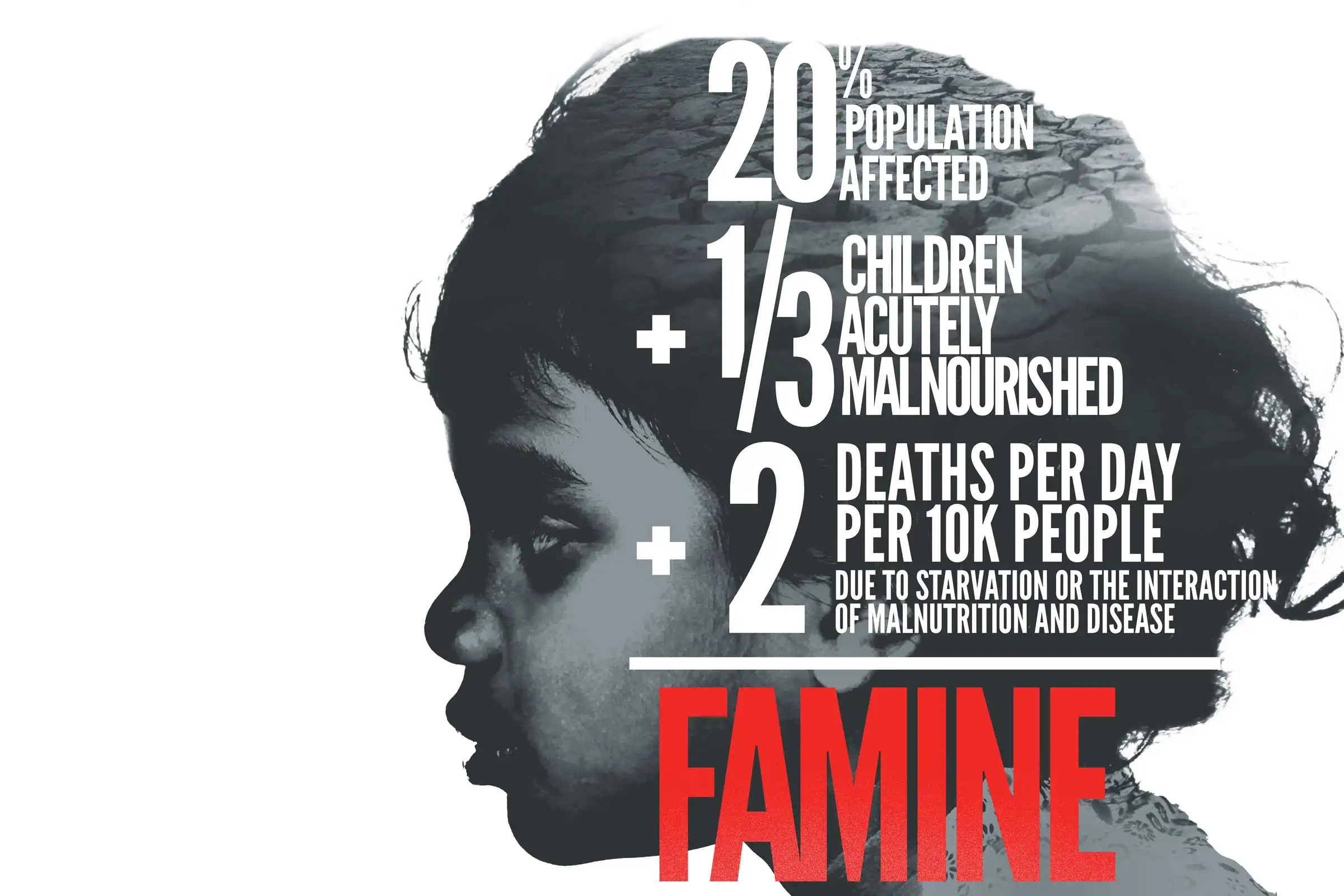
Certain words in the field of humanitarian aid carry a great deal of meaning. “Famine” and “starvation” mean that a specific set of criteria has been met — telling us when help is needed, and in some cases, when it’s too late.
A report from The International Rescue Committee says, “A famine declaration will tell us when it is too late — that people are already dying en masse, not how many lives we can still save.”
Right now, the eyes of the world are on large regions of Africa, where the seemingly inevitable decline into a major food crisis is threatening the lives of millions. While the word “famine” is being used more frequently, the specific criteria have not been met — at least not yet.
The definition of famine comes from The Integrated Food Security Phase Classification: “In a given area, famine occurs when food security, nutrition, and mortality altogether portray famine conditions — meaning at least 20% of the population is affected, with about one out of three children being acutely malnourished and two people dying per day for every 10,000 inhabitants due to outright starvation or to the interaction of malnutrition and disease.”
It is projected that an official famine will be declared in sub-Saharan Africa by the end of the year. Convoy of Hope is already working in almost every country in Africa where the potential of famine exists.
It’s important to know the several stages of food insecurity that precede a famine. Below are the FEWS NET classifications between food security and food insecurity.
Phases of Food Insecurity*
PHASE 1
Most households can feed themselves and their families without outside assistance.
PHASE 2
Finding food is difficult, and households can’t easily afford non-food essentials.
PHASE 3
Households are either experiencing food gaps that lead to above-usual acute malnutrition OR can only meet their food needs by going without other essential resources.
PHASE 4
Households are either experiencing large food gaps that lead to very high acute malnutrition OR can only meet their food needs by going to extreme lengths.
PHASE 5
No matter what they do, households are experiencing an extreme lack of food. Starvation, death, and extreme acute malnutrition are widespread.
On behalf of the people Convoy of Hope continues to serve in this extremely dire situation, thank you for your continued support.
*Phases are paraphrased from the IPC food insecurity classification.
